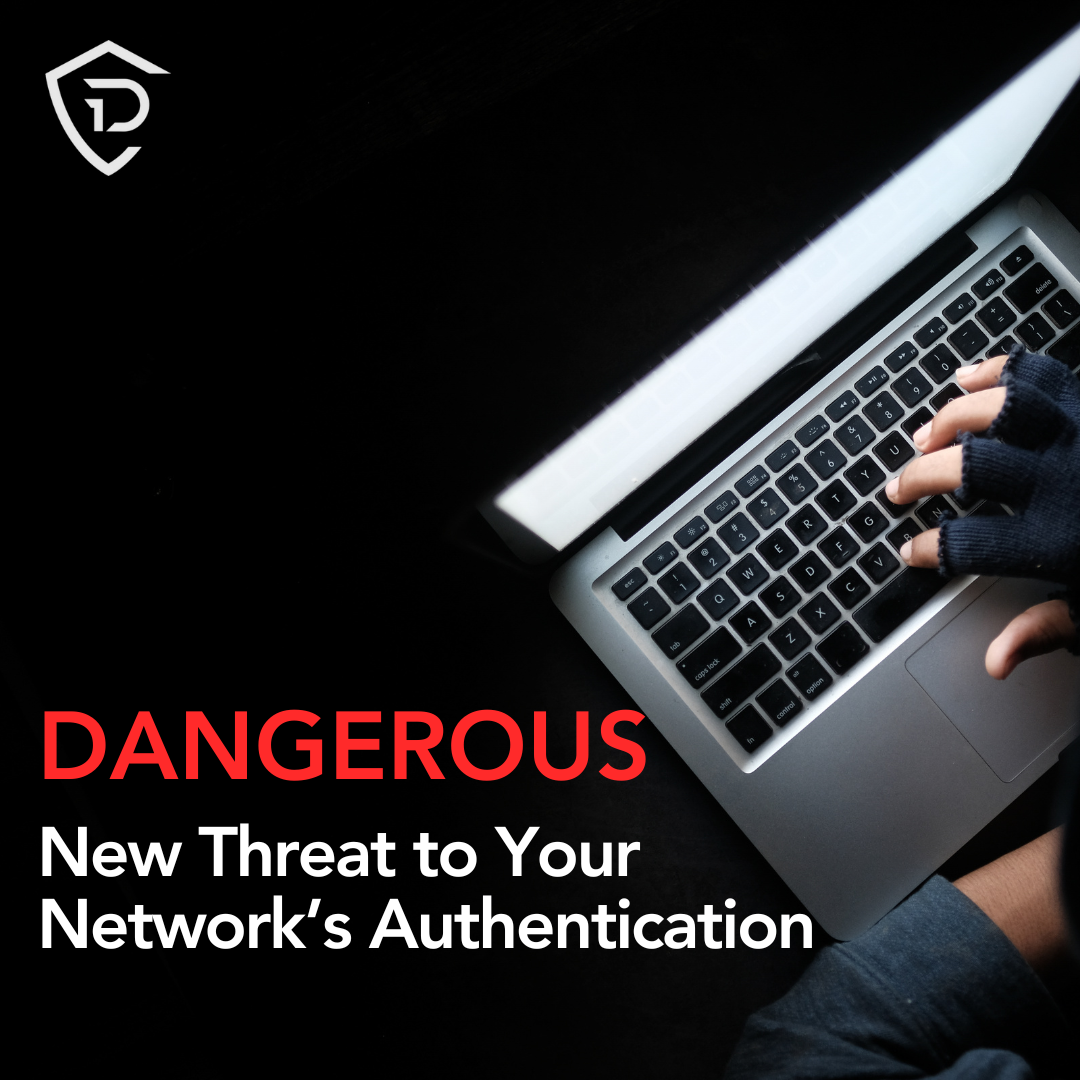Blog
Understanding and Mitigating Brute-Force Attacks
Recently, a team of researchers from Zhejiang University and Tencent Labs uncovered a new type of cyberattack, termed “BrutePrint.” This approach targets the fingerprint authentication commonly found on today’s smartphones. This is an example of what cybersecurity experts call a brute force attack.
With the wave of digital transformation, business owners must be aware of the various cyber threats emerging. Among these, brute-force attacks stand out due to their simplicity and potential severity, especially when aimed at smartphones.
Brute Force Attacks: A Simplified Insight
A brute-force attack is like a burglar trying every key on a keychain until he finds the one that opens a lock. Online, this involves trying various codes, keys, or passwords until the correct one is found, often to break into accounts or systems.
For the BrutePrint attack, the researchers found a weak point in the way smartphones store fingerprint data. They found the data to have insufficient security, like a house with a door that’s not properly locked. This can allow an attacker to step in to capture or “intercept” the fingerprint images.
The research team tested 10 Android and iOS devices for BrutePrint, and what they found was surprising. Every device showed some vulnerability, although the extent varied. Android devices seem to be more vulnerable, permitting countless attempts at fingerprint matches.
Why This Concerns Your Business
Your smartphone is a treasure trove of sensitive business data. It is a gateway to your emails, business contacts, and even financial transactions. A successful brute-force attack on your device could be catastrophic. It can provide hackers with unrestricted access to your critical information.
Mitigating the risk
Armed with this knowledge, it’s essential to take steps to secure your device.
- Be attentive to personal devices. Always keep your personal device with you, and do not leave it unattended in public places.
- Regular software updates Always keep your software updated. Software updates often contain patches for known security vulnerabilities, reducing the risk of attacks.
- Multi-Factor Authentication (MFA) Implementing MFA can significantly reduce the risk of successful brute-force attacks. If your fingerprint authentication is compromised, an additional layer of security will stop attackers.
- Regular password changes. Changing your password frequently further reduces the risk of brute-force attacks.
Your Responsibility in the Digital Landscape
As a business owner, it is essential to secure not just your operations but also your personal devices. The potential damage from a successful brute-force attack on your smartphone can affect your business operations.
Regular software updates, complex patterns for biometrics, frequent password changes, and multi-factor authentication will function as your digital armor against these potential threats. The onus is on you as a business owner to ensure the safety of your personal and business data from the threat of brute-force attacks. Remember, your security is only as strong as its weakest link.








